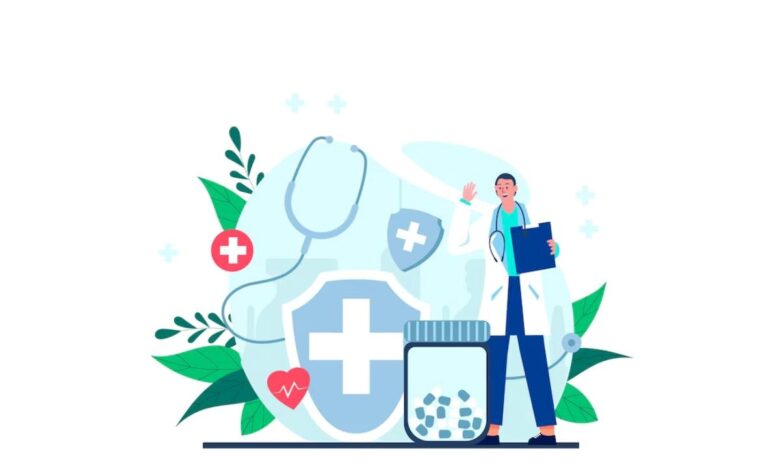Understanding Multilingual Demands in the Pharmaceutical Industry

Today, the world is more connected than before. Medicine companies work in many countries, and they need to talk clearly with people everywhere. If a drug is ready in one country, it can’t be used in another unless all the papers and labels are in the right language. Bad translation can slow down the approval, confuse people, or even cause mistakes with medicine use. That is why there is a big need for good translation. For anyone looking for pharmaceutical translation services, it helps to take assistance from experts who understand both language and medicine.
Pharma work is not only local. It’s global. Companies test new drugs in many countries. They work with doctors and labs from different places. Patients speak many languages. So, all the steps—from research to selling medicine—need to be in many languages. Every form, every report, and every instruction must be clear and correct in all those languages. If not, the medicine process may get stuck.
The Role of Translation in Clinical Trials and Research
When a company starts a clinical trial, it must follow many steps and rules. There are documents like test plans, brochures for doctors, and papers that patients must sign. If any of these are translated badly, big problems can happen. A patient may not understand what they agree to. A doctor may follow the wrong steps. The company may not get permission from health officials. That’s why there’s a need for life science translation services to get help from people who know both medical terms and local languages.
Regulatory Compliance and the Need for Linguistic Accuracy
Different countries have different health rules. The USA has the FDA. Europe has the EMA. Japan has the PMDA. These agencies check if a new drug is safe. They want documents in their own language and style. Every line, every word must follow the rules. If a translation is wrong, the drug may not get approval. Or the company may need to start over. This is why certified translators and expert review is very important. They help keep everything correct and on time.
Patient-Centric Communication in Multilingual Contexts
Patients are the most important part. They need to read and understand the medicine labels, safety notes, and how to take the drug. If the words are hard or wrong, they may get scared, confused, or use the drug in a bad way. Good translation helps patients feel safe. It makes sure they take the drug the right way. Happy and safe patients mean better health for all and fewer mistakes for the company.
Localization vs. Translation: Why It Matters in Pharma
Translation means changing words from one language to another. But localization is more. It changes the content to match the local culture. For example, people in the USA use pounds, but people in Europe use kilograms. Some countries need extra safety lines on the label. Some words sound scary in one language but not in another. So, the words must not only be translated, they must be changed to fit local people. That is why localization is very important in pharma.
The Importance of Life Science Linguists and Subject Matter Experts
Not all translators can do medical work. Life science translation needs people who know medicine terms. They must understand how the body works, how drugs work, and what the law says. Some of these translators are even doctors or scientists. They don’t just change words. They make sure nothing is wrong or unclear. This lowers the chance of mistake and saves time later.
Technology in Pharmaceutical Translation: Tools and Trends
There are tools that help with translation. CAT tools, memory systems, and AI can save time. They remember past translations and help keep words the same across many documents. But machines still make mistakes. They can’t feel what the patient feels. They don’t understand culture. So, human translators are still needed. They check everything and fix what the machine misses.
Case Studies: Successful Global Pharma Projects Through Translation
Some companies did very well in new countries because of good translation. They gave the right papers to health agencies and got approval fast. Their patients could understand how to use the medicine safely. Their doctors got clear reports. All this was possible because they used smart translation teams. This shows that language is not just a small part. It is a big key to global success.
Challenges and Risks in Multilingual Pharmaceutical Communication
When translations go wrong, the results can be very bad. A label with the wrong dose can hurt someone. A form with missing rules can delay the drug. People may not trust the company again. Also, keeping many versions in different languages is hard. When a change happens, every version must be changed too. That’s why careful checks, updates, and tracking are so important.
Conclusion: Translation as a Strategic Asset for Global Pharma
Good translation is not just about changing words. It is a smart tool that helps medicine companies grow, follow rules, and protect people. It builds trust and keeps things moving fast. Companies that want to grow in new places need to seek assistance from expert translators. It’s the only way to stay safe, be on time, and help more people get better around the world.




